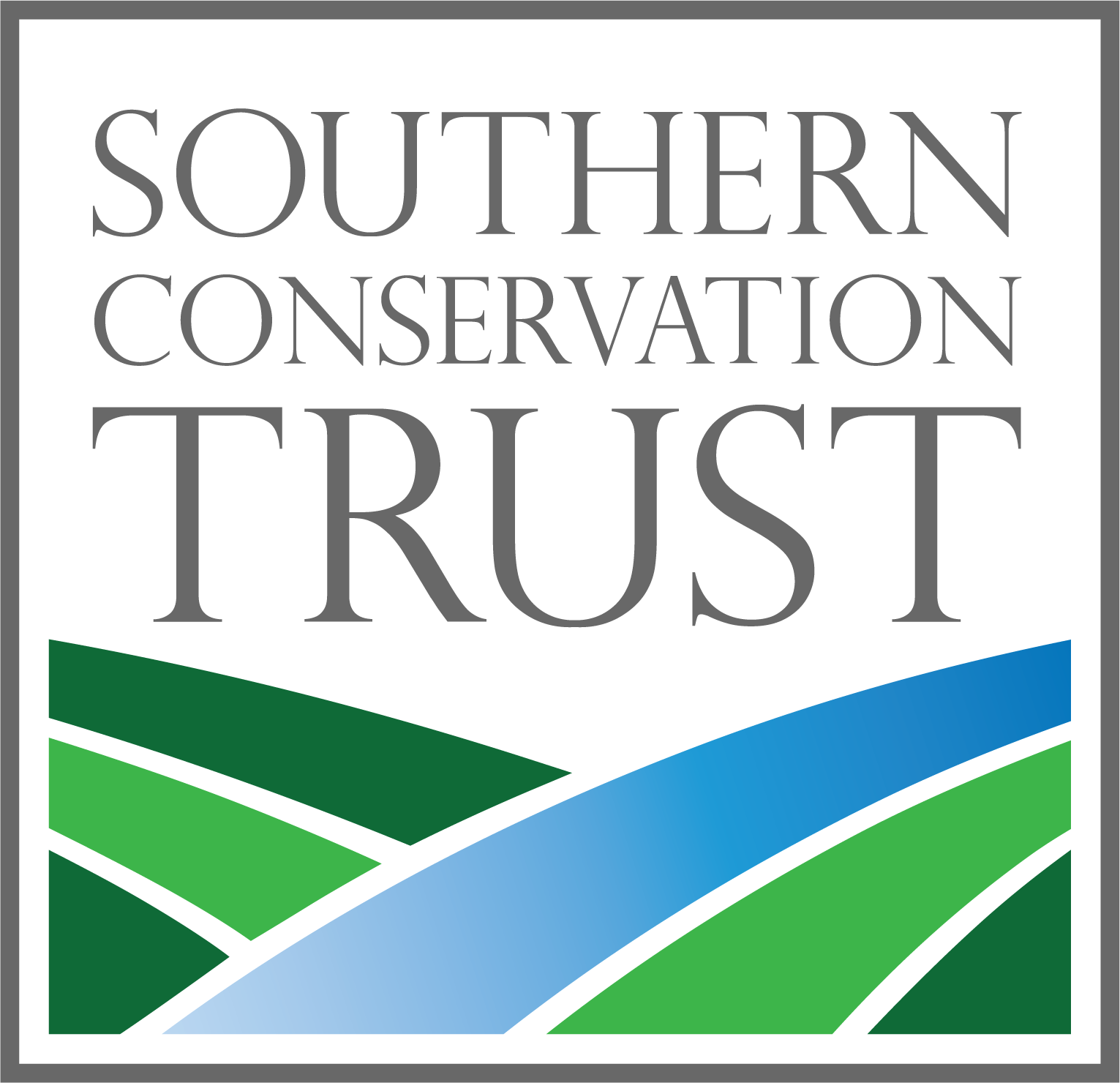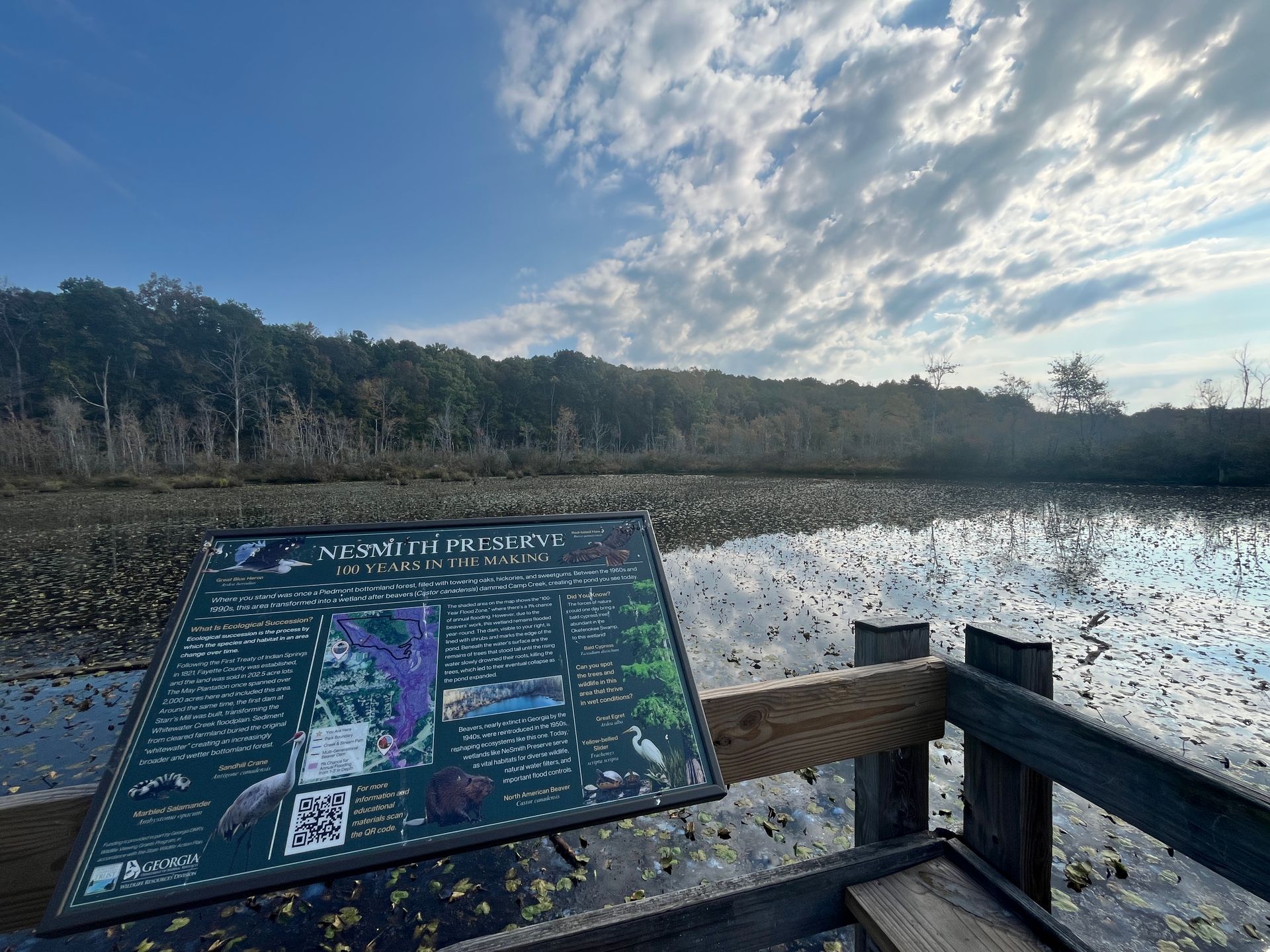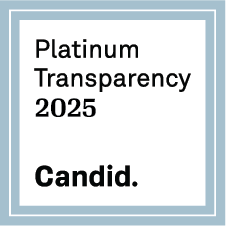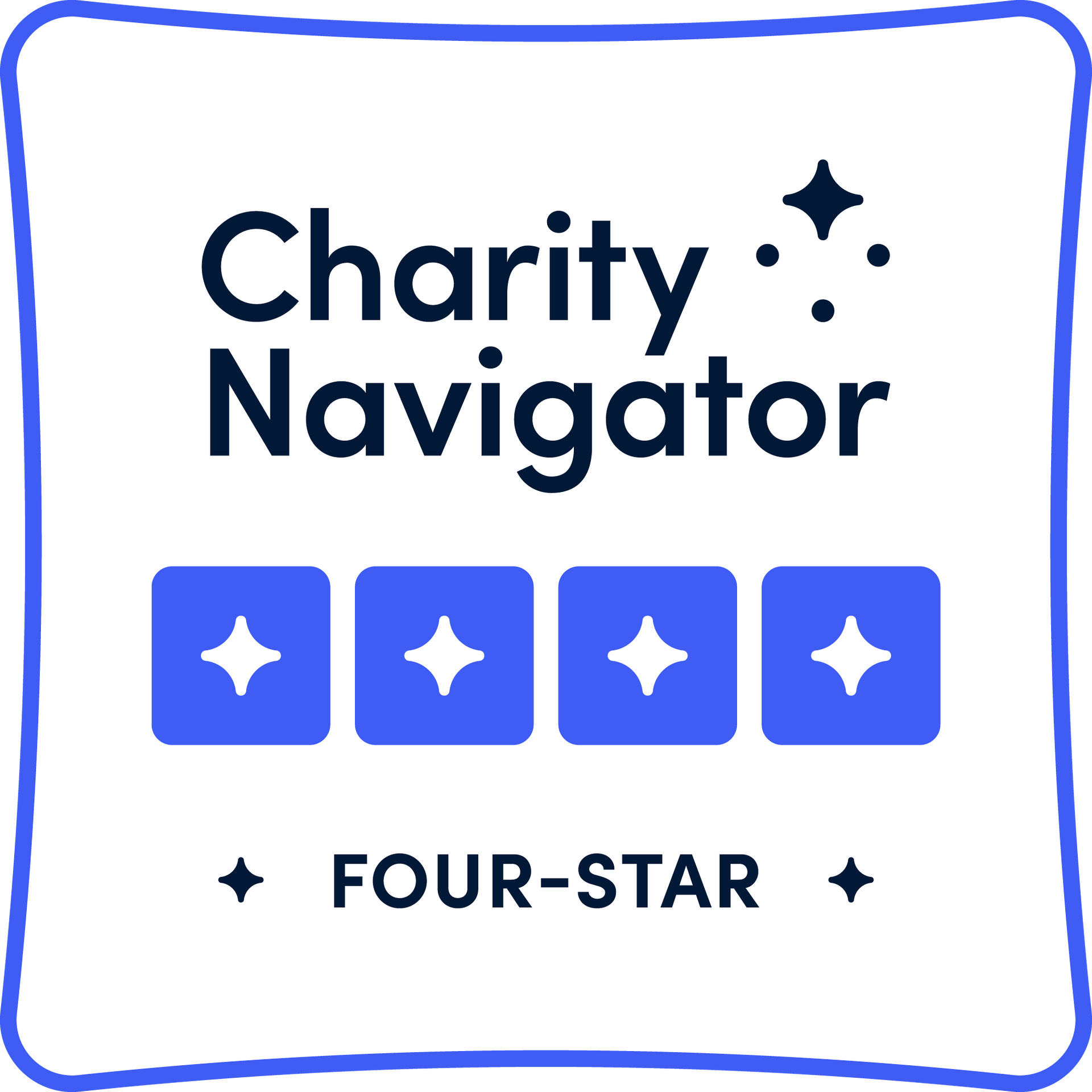Good Fire, Bad Fire
We Didn’t Start the Fire:
Burn Unit 8
Written by: Paxton Caroline Hayes
Photos taken by: Paxton Caroline Hayes
Location: McDuffie PFA in Dearing, GA
Defining a Legacy
Human interaction with fire has never been stagnant. As our ideas about conservation and development have shifted, so too have prevailing theories surrounding fire on the landscape. In Burn Unit 4, “From Lightning to Drip Torch: The History and Ecology of Fire,” I gave a brief overview of prescribed fire in the United States. Fire has always been a part of our ecosystem, but our actions surrounding it have changed drastically over time.
Narrowing our focus to the last 200 years in the United States will allow us to better understand how past actions shape the current debate surrounding the use of prescribed fire. Beginning in the 1800s, support for anthropogenic fire declined sharply with European influence on forestry and agriculture. At the same time, cities grew rapidly and populations expanded throughout the continental United States. Fire suppression began in full force as we began to fear wildfires burning down everything we had just started to build.
In 1885, the first wildfire control program was established in the Adirondacks Reserve in New York, paving the way for further programs across the country (see
Insights
that begin on page 180). In response to the Great Fires of 1910, the Smokey Bear campaign was launched by the US Forest Service, beginning the modern wave of fire suppression. Despite attempts from many agencies to switch away from purely “fire control” and into a standard of “fire management,” severe wildfires continued to devastate wide swaths of the U.S. into the 1990s.
For around 150 years, the United States battled wildfires as they occurred. Prevention and mitigation efforts were minimal, isolated, and often very misunderstood by the general public. But in the last 30 years, we have begun to see a
synergistic shift between conservation initiatives and wildland fire agencies. Land and wildlife management techniques have begun to more readily include prescribed fire, while wildfire prevention strategies have begun to support the use of controlled burns as a way to lessen the severity and occurrence of devastating wildfires.
We are now in the era of “good fires prevent bad ones.”

Can Fire Really Be "Good" or "Bad"?
Fire is a force of nature and natural phenomenon. Flames cannot decide where to go or choose not to burn. Once lit, by natural or human means, fire will behave based on the environmental factors it encounters. Wildland fire cannot debate morals or ethics with you, it does not know the difference between “good” and “bad.”
So why do we call some “good fire” and some “bad fire?”
It comes down to intention and results. Were you able to plan for the fire behavior and smoke? Were you able to contain the fire to the area you wanted to burn? Did the vegetation and debris within your burn plot respond as you anticipated? Was anyone, or anything, injured in the process of the burn?
With prescribed fire, you are able to plan for the fire itself, manage the smoke, and prepare for most outcomes. You can account for more dangerous fuels and topography, and if the fire escapes you are ready with water and other control measures. By contrast, wildfires are unanticipated, often in landscapes that have a high build-up of flammable materials, and there are no control measures already on-site. This leads to devastating fires that more easily reach high intensity, high severity, and damage human developments with both flames and smoke.
From sugar to TV, most things in life are best in moderation. Fire is no different: most of our ecosystems need fire to some extent, with varying frequency and intensity, in order to stay healthy. By using fire as a land management tool, we give the land what it needs while protecting our homes and livelihoods from devastating fires.
Where Can I Learn More?
Good Fire, Bad Fire: How to think about forest land management and ecological processes
Good Fire, Bad Fire: Inside the race to restore's America's forests
Press & Media Inquiries
Contact Us
About Southern Conservation Trust
At Southern Conservation Trust, we are passionate about elevating nature through exceptional stewardship. Based in Georgia, our 501(c)(3) public charity has successfully conserved over 65,000 acres of land across the Southeast, including five public nature areas in Fayette County and the Fayette Environmental Education Center. We believe that protecting our natural spaces is just the beginning; everyone should have equal access to enjoy the beauty of the outdoors. Join us in our mission to foster a deeper connection between people and nature. Learn more at www.sctlandtrust.org.
